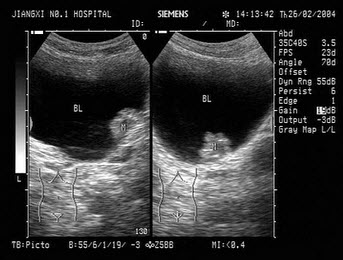阅读理解 Back in the 1970s, the robots were
问题:
阅读理解
Back in the 1970s, the robots were coming for our boring manufacturing (生产) jobs.Now, they're
coming for our boring table service jobs.Korean company ITM Technology has developed the restaurant
concept around a little robot that fulfills the role of a waiter.Robo Caf? avoids ordering errors, reduces
staffing costs greatly for restaurant owners, and even brings the boss all the tips.
Japan is preparing for some very tough times ahead.When its aging population become too old to
work, labor is going to be in severe shortage.So inventive technology departments are exploding with really fascinating ideas to take the pressure off when it hits.
To small caf? and restaurant owners, the solution might well look something like Robo Café, a
restaurant designed to operate as efficiently as possible with the absolute minimum human workforce
possible.The building needs to be designed with small horizontal (水平的) pathways leading from the kitchen to all the tables.A small team of waiter robots can then get around to every table in the house when they're asked to come.Customers can either order orally, or touch a screen on the robot's belly.When the
kitchen has finished preparing the food, the robot brings it out to customers.
Dan Carlin talks about the "kitchen of the future ", where everything is automated and the labor is free
because you own it.Really, the_kitchen_of_the_future_is actually_the_kitchen of_the_past, when you
consider that throughout human history, there have been many examples of slaves working for no pay.
As Carlin points out, today's concept of slavery is mostly restricted to nonhumans.And the ownership
of robot labor in a Robo Caf ?type situation will almost certainly prove itself far more economical and
dependable than a human workforce once the technology itself becomes mature.Of course, slaves have a worrying habit of rising up against their owners.
1. According to the passage, the robots that were invented in the last century could________.
A. do some work that people dare not do
B. bring lots of fun and profits to their owners
C. do some housework such as table service work
D. save people from having to do some boring manufacturing work
2. According to the passage, what will a Robo Café-type restaurant be like?
A. Most of the work will be done by robots.
B. Owners needn't pay for the labour of their employees.
C. Robot waiters are designed to serve customers voluntarily.
D. The building will be designed for the convenience of customers.
3. What does the underlined part in Paragraph 4 probably mean?
A. Employees depend on owners of restaurants as before.
B. Technology won't change the core of the kitchen.
C. Labor free of charge can be used in the kitchen again.
D. Labor free of charge is no longer limited to humans.
4. The passage is mainly written to________.
A. explain why robots are popular in Japan
B. tell people that robots can work as waiters in restaurants
C. persuade readers to come to restaurants that use robots
D. show the similarities between robots in 1970 and new robots
